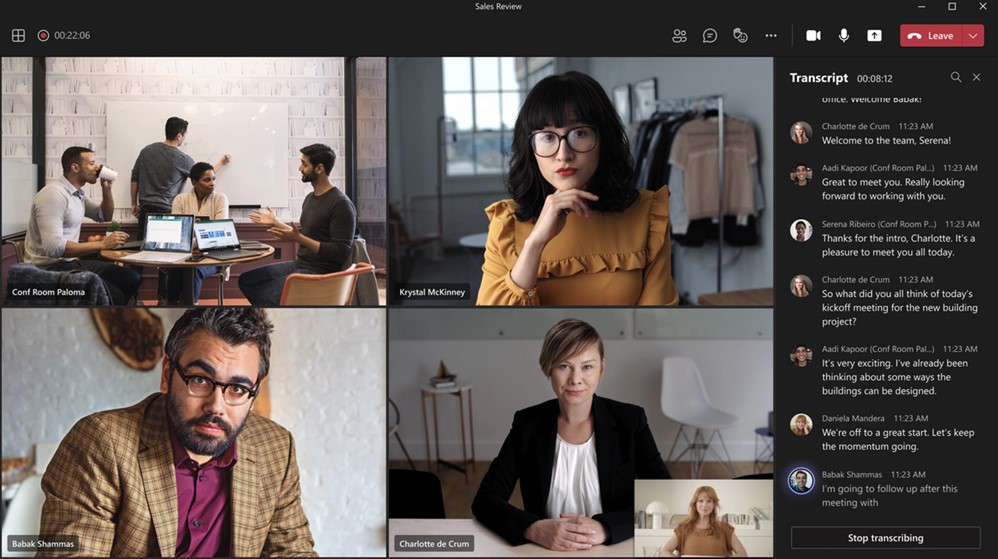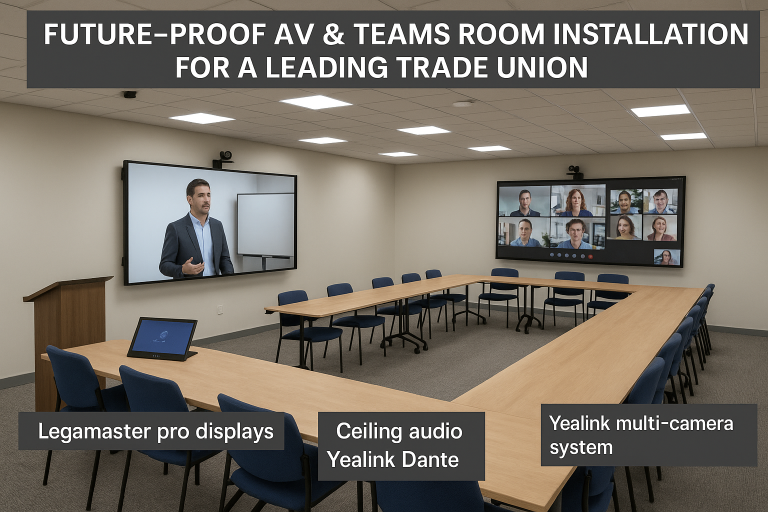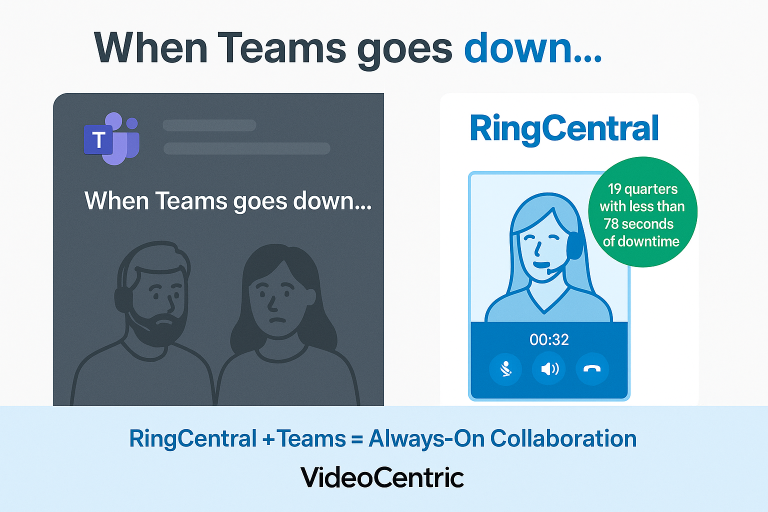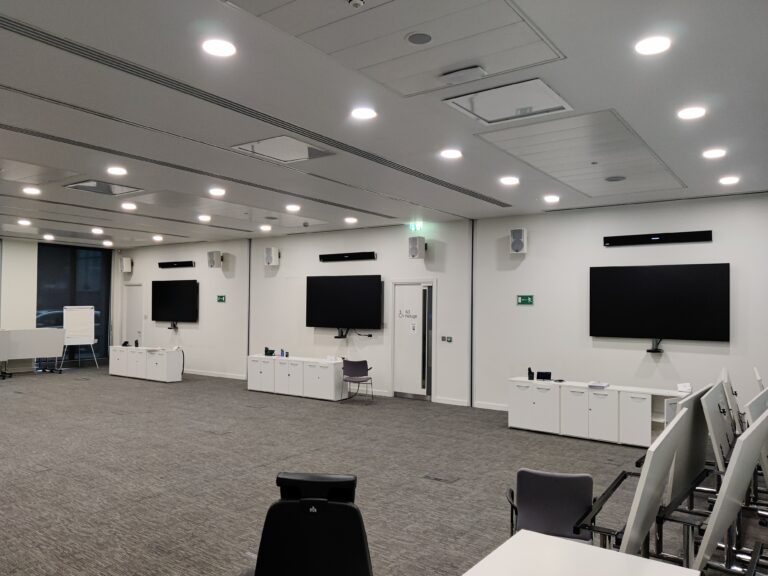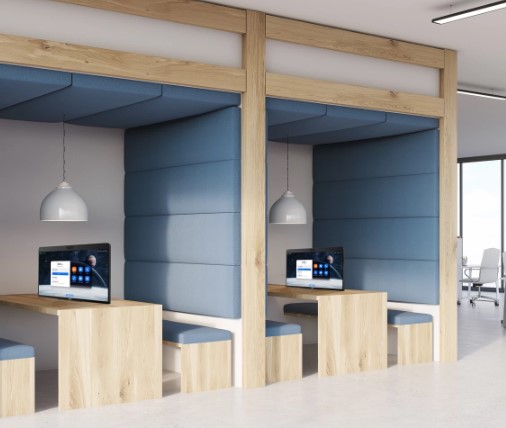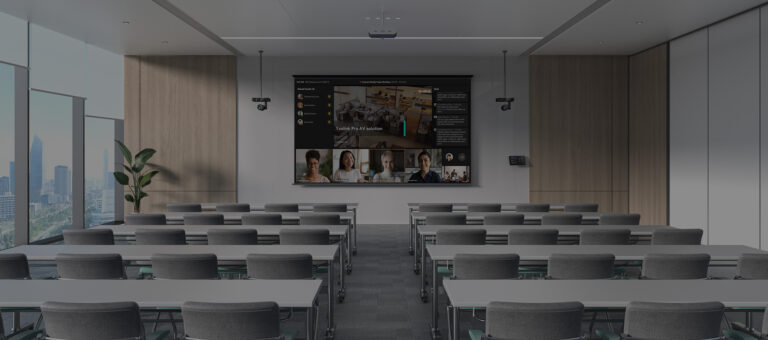In the fast-paced world of modern communication, video conferencing has emerged as a vital tool for connecting individuals and businesses across distances. From remote work meetings to virtual classrooms, the applications of video conferencing are extensive and ever-expanding. But what exactly is video conferencing, and when is it necessary to utilise this technology?
Understanding Video Conferencing
Video conferencing refers to the technology that enables individuals or groups in different locations to communicate with each other via live video and audio transmissions. Unlike traditional phone calls, video conferencing allows participants to see each other in real-time. Fostering a sense of presence and enhancing communication.
At its core, video conferencing relies on internet connectivity and specialised software or platforms that facilitate the exchange of audio-visual data. These platforms often offer additional features such as screen sharing, chat functionality, and virtual backgrounds to enhance the user experience.
When Do You Need Video Conferencing?
1. Remote Work and Collaboration:
In today’s digital age, remote work has become increasingly common, with many businesses embracing telecommuting as a viable option. Video conferencing plays a crucial role in enabling remote teams to collaborate effectively, regardless of geographical barriers. Whether it’s a project update, brainstorming session, or team meeting. Video conferencing allows remote workers to stay connected and engaged.
2. Client Meetings and Presentations:
For businesses that operate on a global scale or serve clients across different regions, video conferencing offers a convenient alternative to in-person meetings. Instead of traveling long distances for face-to-face interactions, businesses can leverage video conferencing to conduct client meetings, presentations, and negotiations efficiently. This not only saves time and resources but also allows for greater flexibility in scheduling meetings.
3. Training and Education:
In the realm of education and professional development, video conferencing has revolutionised the way training sessions and classes are conducted. Whether it’s hosting virtual workshops, delivering online lectures, or providing remote training sessions. Video conferencing platforms enable educators and trainers to reach a wider audience without the constraints of physical classrooms or training facilities.
4. Healthcare and Telemedicine:
The healthcare industry has also embraced video conferencing as a means of delivering remote medical consultations and telemedicine services. Patients can now connect with healthcare providers from the comfort of their homes, eliminating the need for in-person visits, particularly for routine check-ups, follow-up appointments, or non-emergency medical issues. Video conferencing in healthcare has proven to be particularly beneficial for patients in rural or underserved areas.
5. Social Gatherings and Events:
Beyond the realm of business and education, video conferencing has also found its place in facilitating social interactions and virtual gatherings. Whether it’s celebrating milestones with friends and family, hosting virtual parties, or attending online networking events. Video conferencing platforms offer a convenient way to connect with others and maintain social connections, especially during times when in-person gatherings may not be feasible.
In conclusion, video conferencing has become an indispensable tool for modern communication. Offering a myriad of applications across various industries and settings. Whether it’s enabling remote work, facilitating client meetings, supporting educational endeavours, providing healthcare services, or fostering social connections. Video conferencing has transformed the way we interact and collaborate in today’s interconnected world. As technology continues to evolve, the role of video conferencing is likely to expand further, offering new opportunities for connection and collaboration in the digital age.

